
Yamaha MT-15 V2 vs TVS Apache RTR 200 4V Comparison Road Test: A...
- May 30, 2022
- Views : 32141

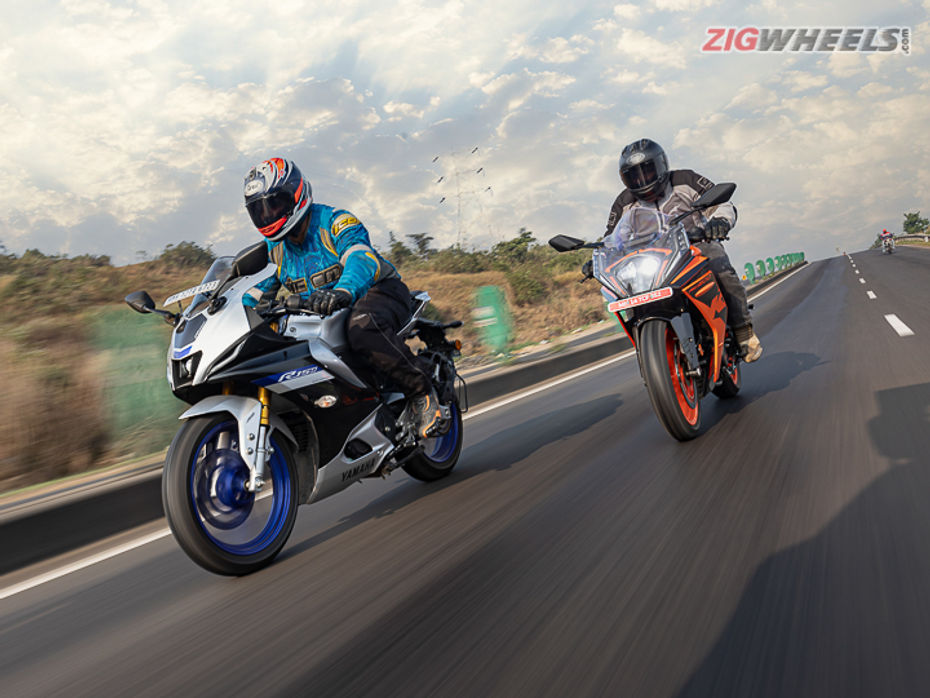
Yamaha's R15 has been a popular sportbike for young riders because aside from its incredible dynamics it’s also been a sensible all-rounder. The new generation R15 v4 has sharpened and strengthened the promise further, putting it miles ahead of KTM’s RC125. So we thought why not pitch the new R15 against the latest version of the KTM RC200? On paper, the 2021 RC200 might seem similar to the last-gen bike, but it has many changes that promise to make it friendlier to ride and easier to live with. Sure, it’s almost Rs 30,000 more expensive than the Yamaha, but with all the new updates has it become a more potent and better all-rounder than the R15?
First Impressions
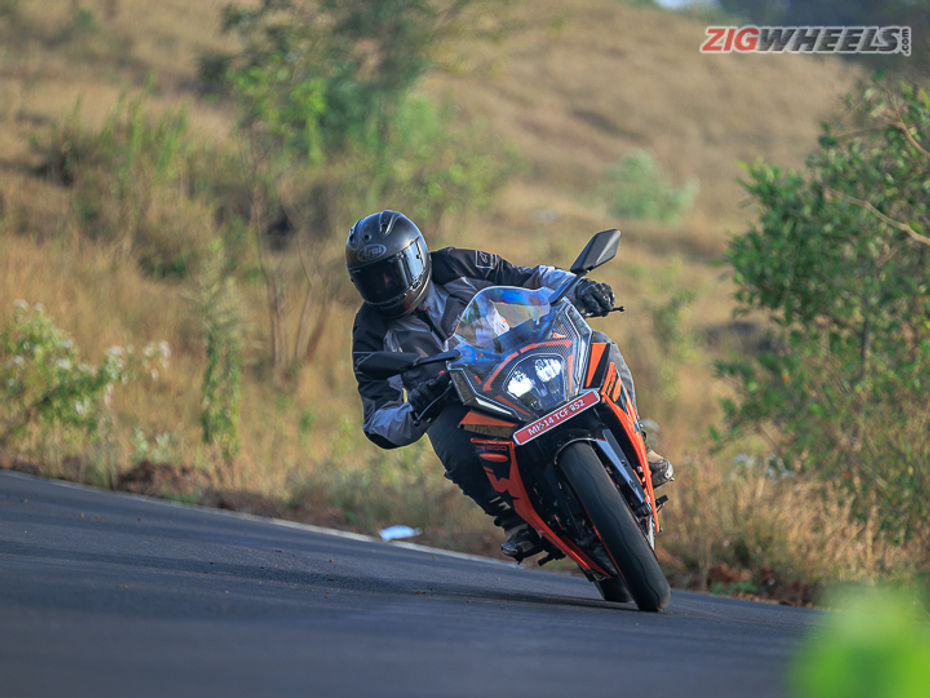
Even at a glance you can see that these two motorcycles make very different statements. Oranges and apples as it were. The Yamaha looks ultra-polished and sophisticated and carries the family look with utmost care, and could easily pass off as a R7. The headlamp and LED DRLs give it a sinister look. The projector headlamp sits in a recess at the centre of the fairing with the DRLs peering intently at you from where the split headlamps usually would sit.
The layered fairing doesn't use hard, angular lines and has a sophisticated air about it, but still manages to look technical. The floating panels for the rear also make it look properly racy.
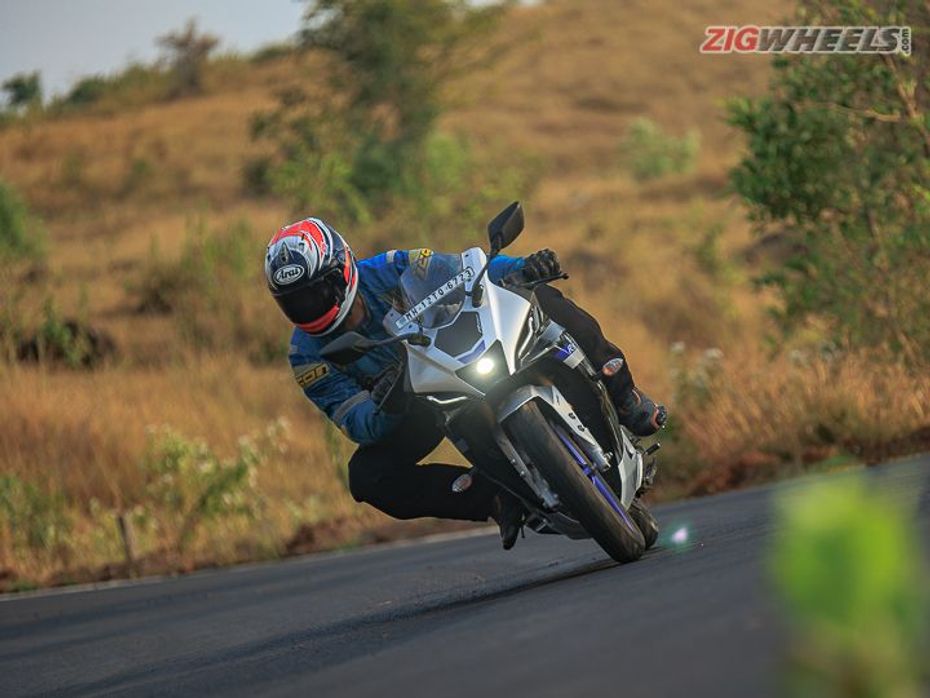
The faux gills on the tank and the M badging make it look quite serious too. The racebike-derived yokes for the forks and the fork tops finished in blue makes it feel properly racy for the rider. However, the old school halogen turn indicators that poke out of the fairing feel very old school.
We have to admit, the RC will turn more heads. Part of it is because of the brighter colours and the rest of it is down to the design. Whether it’s brash or loud, will depend on your tastes, although we would ask you to reserve judgement till you see it in the flesh as the RC is better appreciated in person. The biggest reason for the polarisation will be the face. The clear plastic layer doubles up as the visor and the headlamp cowl. The lower section gets a textured finish which can seem a bit unappetising, but this bit is thankfully out of view from the saddle. LED DRLs streak up the sides leading to vertically stacked LED turn indicators, a cool detail. Atop those sit the new long-stemmed mirrors that look good and feel solid.
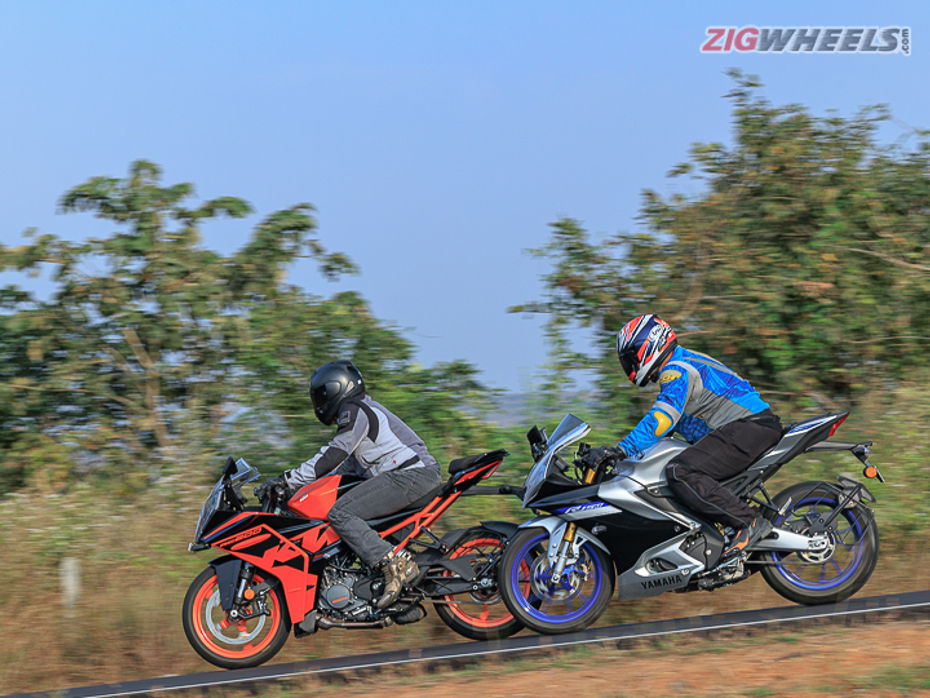
There are other details that you will appreciate, like the slashed fairing that exposes the engine and the metal tank that has muscular lines. The “slash” theme runs strong as the orange tank has a black panel creeping up on it from the rider’s seat, a bit of a homage to the MotoGP bikes we think. The rear subframe also seems to have had its panels ripped off, leaving it completely exposed. The split-seats wrapped in a premium Alcantara-like material give the RC a touch of premiumness.
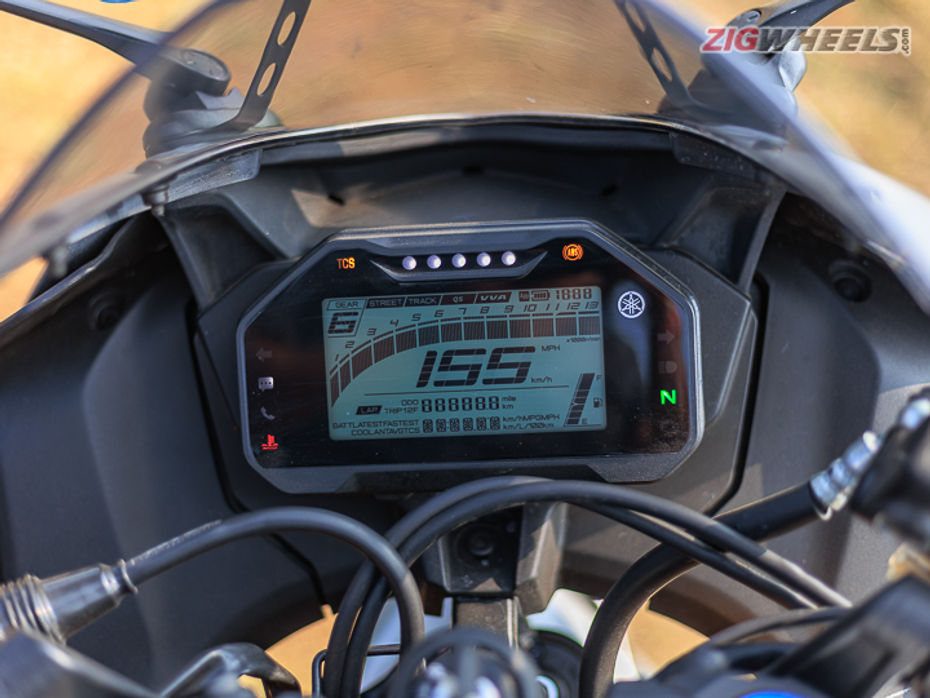
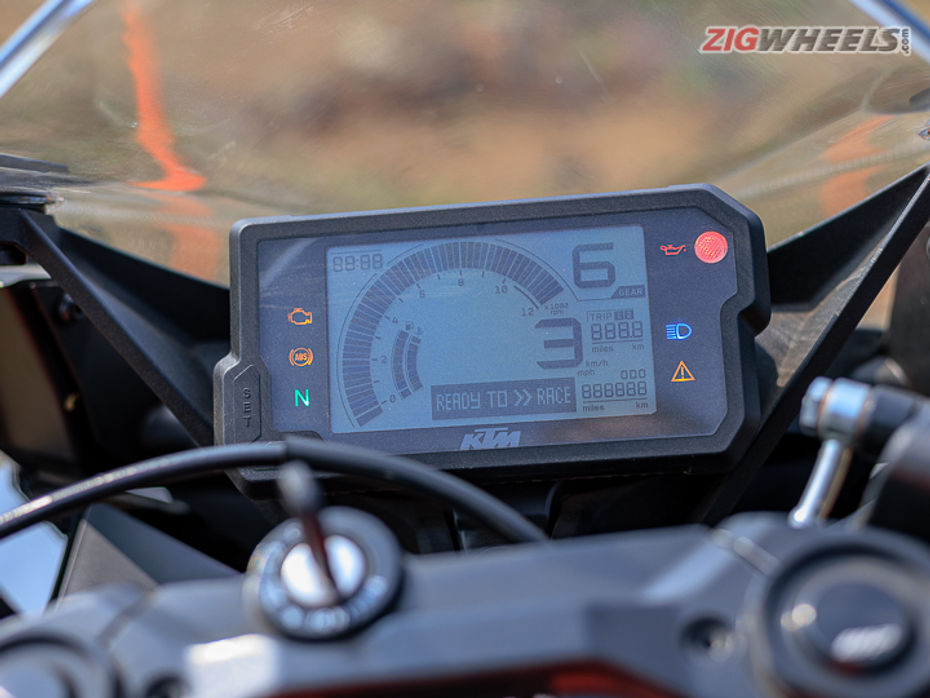
The switchgear on both motorcycles feels good and the digital instrument clusters are easy to read. The R15 however packs a few extras like bluetooth connectivity and a lap timer. But there is a palpable difference in terms of quality, with the Yamaha feeling richer overall. It is interesting to note, because Yamaha had suffered with poor plastic quality issues in the V3 but that seems to be firmly in the past now.
Commute Culture
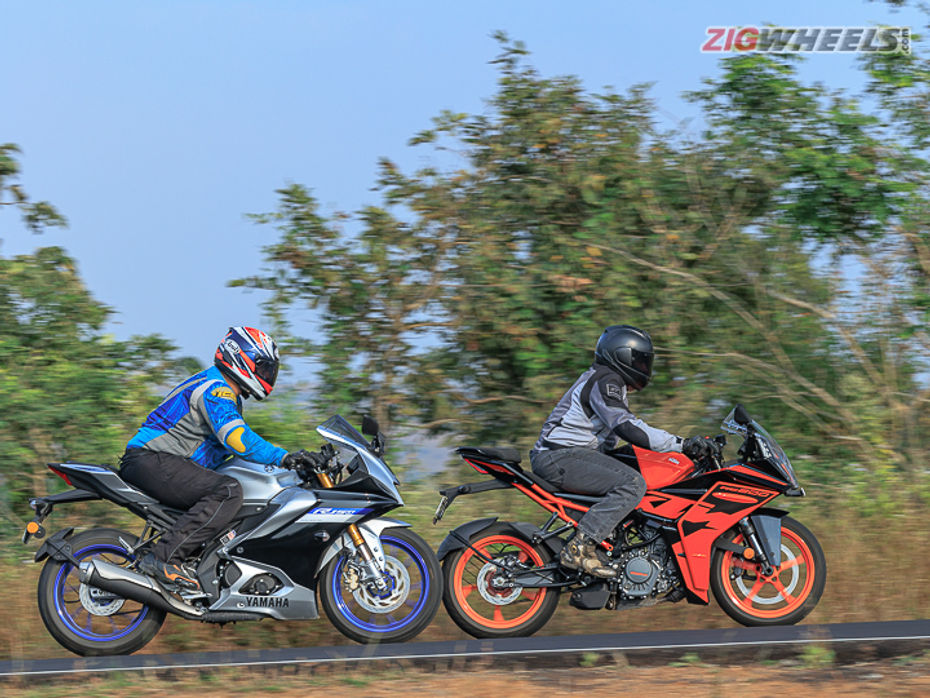
The city will be an integral part of the lives of the riders and their motorcycles. On paper the RC200 has an advantage, making 25PS of power while the R15 has 18.4PS. Even in terms of torque the KTM’s 19.2Nm made at 8000rpm is meatier than the R15’s 14.2Nm made at 7200rpm. But being at ease in the is something the Yamaha has aced and the RC200 has fumbled around in. The R15 with its VVA has always dedicated one camshaft profile for good low end torque, which has made it peppy and usable even at city speeds.
The V4 dials the ease of use further with some racy tech! It sounds strange but the quickshifter is great for commuting as the upshifts are impeccable. Then there’s the slipper clutch, which makes the clutch action really light for hasslefree downshifts too. So the Yamaha’s motor just breezes through city duties.
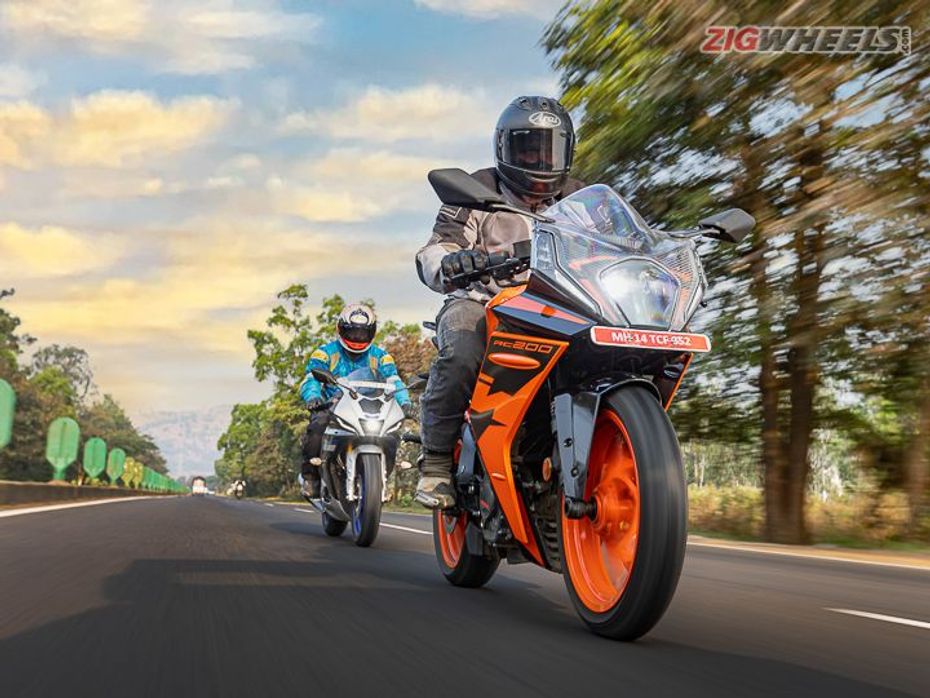
The new RC200 has come prepared too. It has revised air intake, a larger airbox and slightly different tune to put it all to good use. As it turns out, the changes have worked, and how! Pulling from under 40kmph in 6th gear? Doable! Low speed pottering about, easy! The change is so dramatic, that nature seems very much like the 250 Duke, but even better! The clatteriness and low speed slapping from the engine are virtually gone. All of this makes the RC super rideable and the extra punch makes it that much more enjoyable. In the roll-on acceleration tests in 3rd gear from 30-70kmph the RC clocked 4.31s to the R15’s 5.55s. In 4th gear from 40-80kmph the gap narrowed a bit as the RC clocked 5.56s to the R15’s 6.65s.
But there’s one number firmly in the R15’s favour: the fuel efficiency. The Yamaha returns 55.20kmpl in the city while the bigger and more powerful RC delivers a respectable 42.01kmpl.
Go Easy
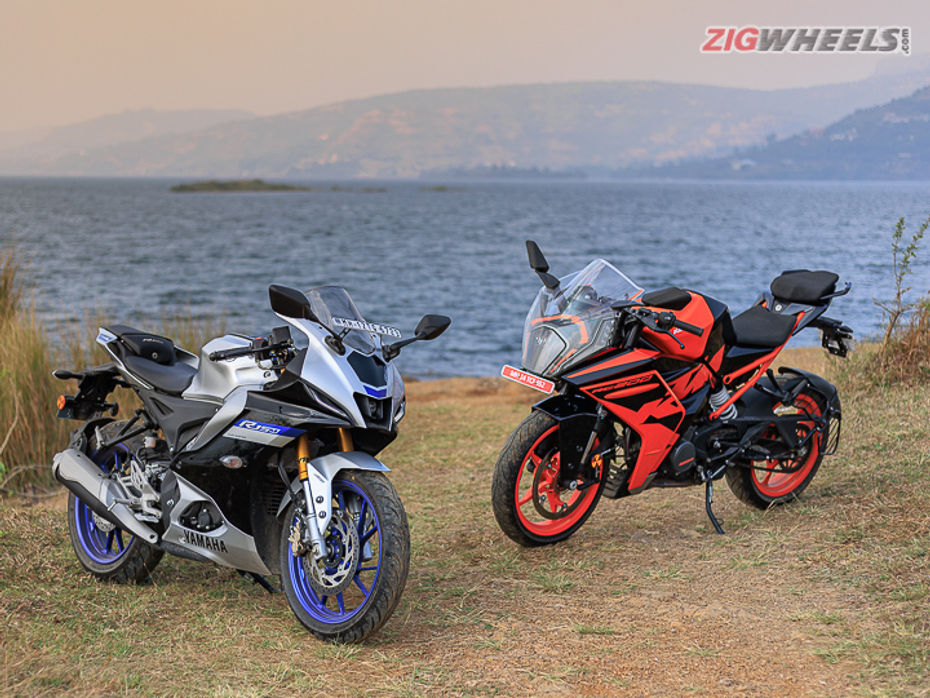
The RC also aces the practicality quotient on another front - comfort. The RC 200 now has its clip-ons mounted higher and this means the seating position is not as aggressive as before, and the rider’s triangle is more spacious as the distance from tank to seat is longer. Not only does this make it feel like the bigger motorcycle, it also makes it more comfortable for taller riders. To top it off, the RC’s suspension setup has also changed. It has more travel at the front and feels plush, which makes it much nicer to be on when dealing with bumpy concrete or potholed tarmac.
In contrast, the R15’s suspension setup feels a bit sporty. It has, finally, got upside-down forks paired with the linked monoshock to deliver a sophisticated setup with great control, so you dont bob around. However, over poor surfaces you do feel more of the road on the Yamaha than on the KTM and sharp bumps can unseat you. Also, the Yamaha’s seating position is more aggressive, as the bars are closer and lower. The upside is that shorter riders will feel more at ease here as the R15 has the lower seat height of 815mm (vs 824mm) and it feels narrower too, making it easier to get both feet down at standstill. Its weight advantage, 142kg vs 160kg, also makes it easier to move around in the parking lot. Now, while the R15’s pillion seat is set lower and easier to hop on to, it is the RC that delivers better comfort. The pillion seat is more spacious on the KTM and the grippy alcantara-like fabric keeps the pillion from sliding under braking. Also, the grab rails on the RC make it nicer for the pillion.
Long Legs

Weekend plans involve great escapes. On the open roads, the RC’s additional displacement and power are an obvious advantage. In our tests, accelerating from standstill the RC got to 60kmph in 4.08s to the R15’s 4.67s and at 100kmph the gap widened to nearly two seconds as the RC took 10.34s and the R15 took 12.20s. Naturally, overtakes took less effort on the KTM too as its torque upped the pace without the need to go down a gear.
However, the R15 has a big advantage over the RC, and that’s refinement. On the RC you just can’t escape the vibrations and a sense of gruffness. There's a buzz that can be heard from the panels and there’s a constant buzz on the footpegs, seat and bars too. As a result, the RC feels more tiring over longer hours in the saddle. This feels altogether strange as the previous RC 200 did not suffer this ailment.
On the other hand the R15 feels shockingly calm and tireless. At 100kmph the R15’s smaller motor sits calmly at 7000rpm with almost no vibrations or gruffness to speak of. The RC 200 meanwhile does 100kmph in 6th gear at 8000rpm. The Yamaha’s smaller engine should have been revving higher, but the taller gearing and the VVA kicking in at 7400rpm lets it balance performance and usability. As a result the R15 is also a lot more fuel efficient with a longer range. The RC boasts of a larger 13.7 litre tank capacity to the R15’s 11 litres, but the Yamaha’s 60.56kmpl fuel efficiency on the highway easily outstrips the RC’s 40.65kmpl figure as tested by ZigWheels.
Curve Control
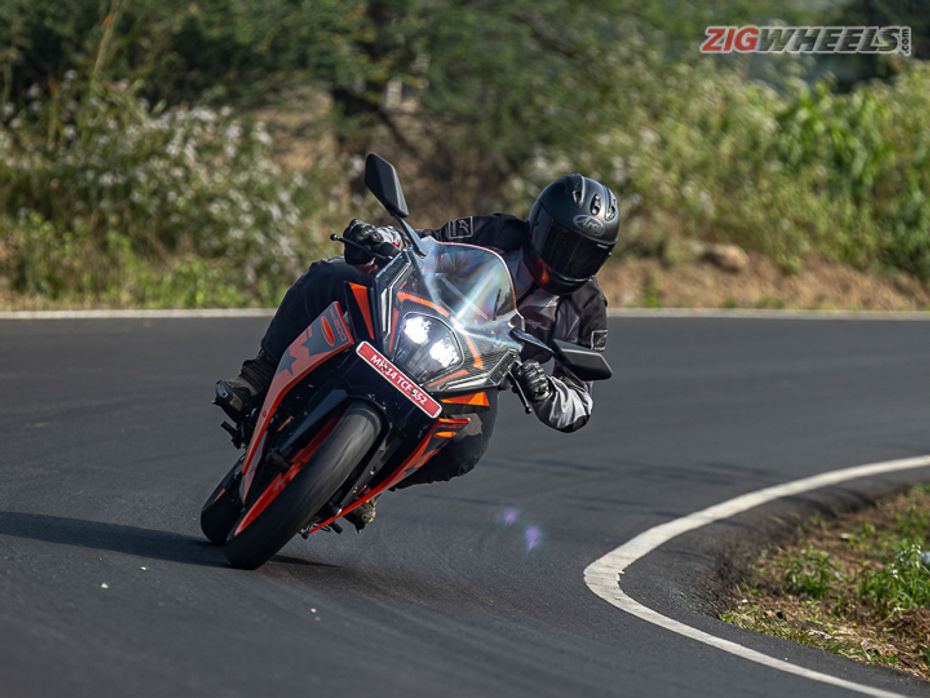
If getting to a race track or to your favourite set of corners is an undying thirst, then picking between these two is going to be a tough task. As expected of the Blue machine, it is super flickable and ever so encouraging. The R15 has magic in its DNA, also spelled as Deltabox, delivering a level of precision, agility and communication that makes every rider feel like a pro and unlocks pace you didn’t know you had. Newbie riders will also appreciate the safety net of a traction traction control system, although we don’t expect it to deploy except in the off chance or oil or water on the road surface.
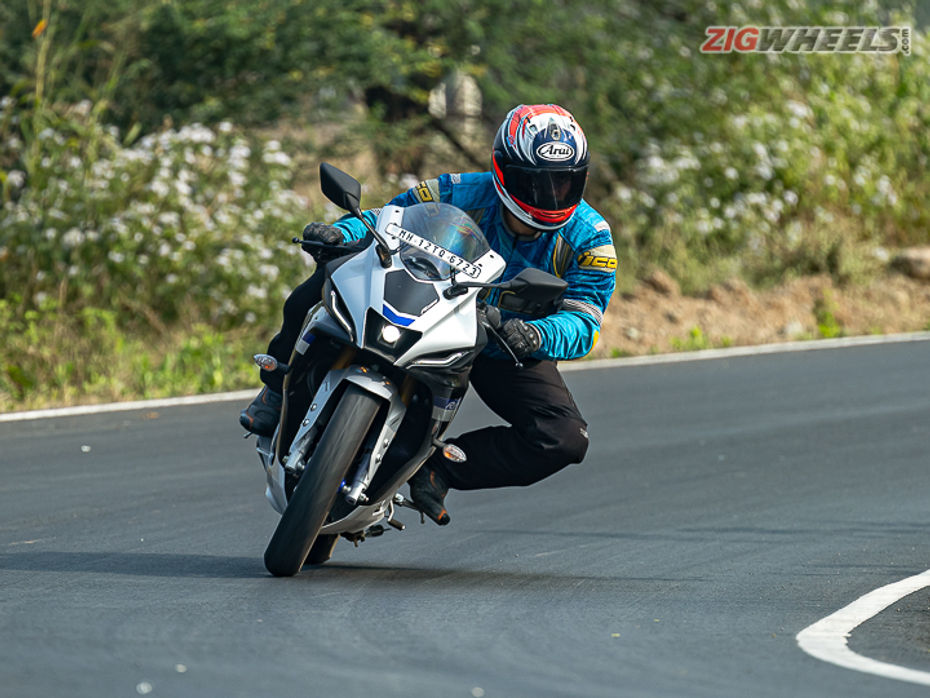
The R15 has a few shortcomings though; firstly, mid corner bumps can feel a bit disconcerting on the R15 as the suspension has that sportier edge. On the other, the RC’s pliant setup soaks up such disturbances and holds on to its line easily.
Secondly, the RC has become forgiving too by using a different tack. In its grunty new avatar driving out of corners is easy even when carrying a higher gear. As a result, there’s less effort and planning required to build your pace. On top of that the lighter alloy wheels make the RC easier to flick than before and its long wheelbase gives it an absolute nailed-down feel that narrows the gap to the R15. The only thing holding the RC back are its tyres: the MRF Revzs lack composure when pushed to the edge, making the KTM feel a bit loose. A stickier set of tyres will result in orange arcs around race tracks.
The R15 has its own set of shortcomings: its braking hardware is a bit inferior to the RC, sporting a 282mm disc vs a 320mm unit on the RC, and axially mounted calipers versus radially mounted Bybres on the RC. On the road the R15 provided better feel at the levers, but the bias ply front tyre (only the rear tyre is a radial) didn’t feel as reassuring as the RC that uses radial tyres front and rear.
Simply, the R15 is still the easier motorcycle to get onto and go fast with, but the RC has become more forgiving and for those looking to spend time on the track, its additional performance will make it the more tempting motorcycle.
Picking a favourite
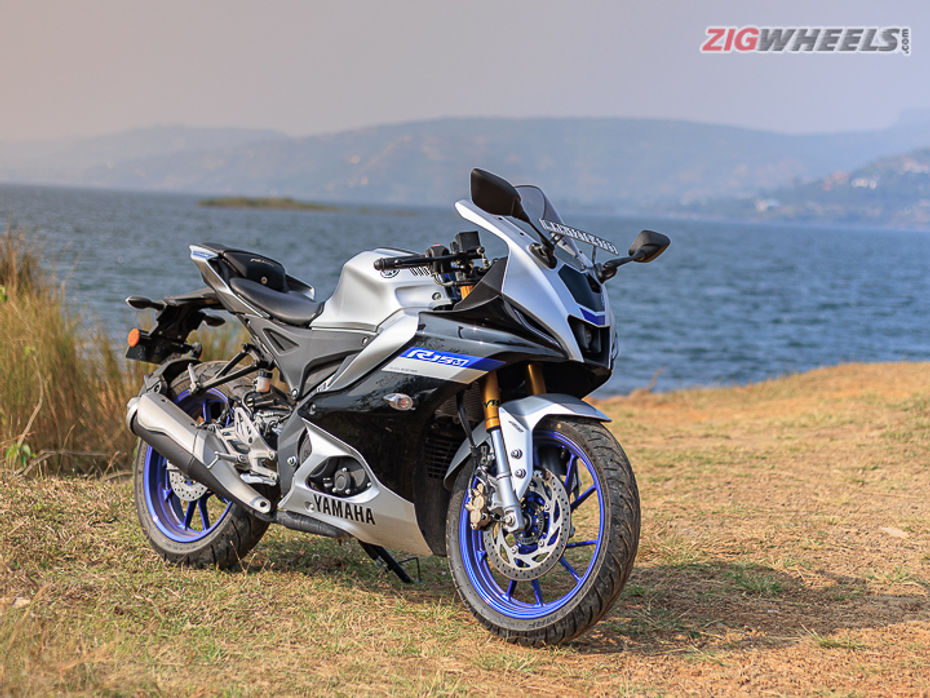
There are two areas where the R15 stumbles. Firstly, the R15 has a hefty price tag.Secondly, it's the price to performance gap. The RC200 has hit Yamaha in its weak spot. The engine cements the KTM’s appeal, the new torquey nature makes it easier to live with and much easier to be faster on a race track. It also feels like more motorcycle for the money as it is bigger, more welcoming for taller riders and offers better comfort too. However, this competition is lost by the RC rather than won by the R15 as the KTM’s refinement, sense of quality and the need for better tyres keeps it from hitting the right balance.
In contrast, the Yamaha delivers enough performance and everyday usability while being cheaper, better built, better equipped and much easier on your wallet, while delivering thrilling handling. So, for first time sportbike buyers the R15 will be the more sensible and appealing motorcycle even now.
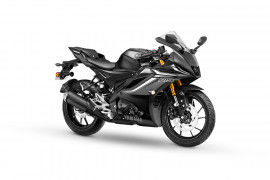

Yamaha MT-15 V2 vs TVS Apache RTR 200 4V Comparison Road Test: A...

Yamaha MT-15 Version 2.0 Road Test Review - The Perfect Imperfection

2023 Bajaj Pulsar NS200 And Pulsar NS160 First Ride Review: Going...

2024 KTM 390 Duke Road Test Review: Unleashing The Madness

2024 KTM 390 Duke First Ride Review - Best 390 Duke Ever!
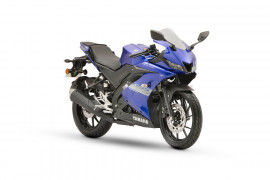 Yamaha R15S
Yamaha R15S
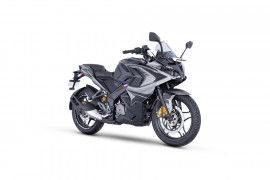 Bajaj Pulsar RS200
Bajaj Pulsar RS200
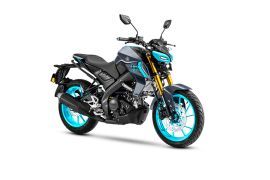 Yamaha MT 15 V2
Yamaha MT 15 V2
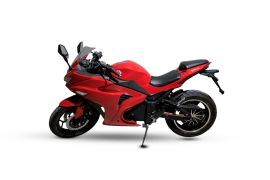 Birla V6
Birla V6
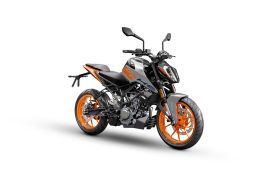 KTM Duke 200
KTM Duke 200
India's largest automotive community